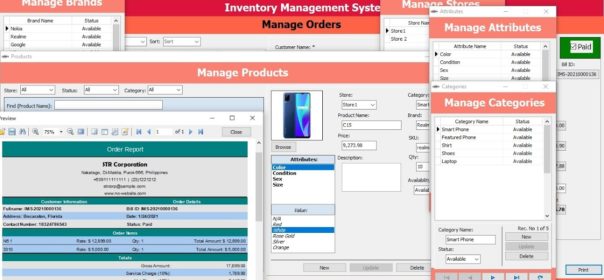

- #Inventory systems for small business without membership how to#
- #Inventory systems for small business without membership software#
#Inventory systems for small business without membership software#
You can also connect your business bank account to make recording transactions easier.Īccounting software also easily generate reports which makes getting ready for tax time and year end much simpler. Software lets a business create custom accounts, like a “technology expense” account to record purchases of computers, printers, cell phones etc.
#Inventory systems for small business without membership how to#
How To Do Double-Entry Bookkeepingĭouble-entry bookkeeping is usually done using accounting software. This system is a more accurate and complete way to keep track of the financial situation of a company and how fast it’s growing. Small businesses with more than one employee or looking to apply for a loan should also use double-entry bookkeeping. Public companies have to follow any rules and methods outlined by GAAP. The Financial Accounting Standards Board (FASB), a nongovernmental body, decides on the generally accepted accounting principles (GAAP). Public companies must use the double-entry bookkeeping system by law. This is reflected in the books by debiting inventory and crediting accounts payable. So both sides of the accounting equation are the same. Assets (the inventory account) increase by $1000 and liabilities (accounts payable) increase by $1000.

This above becomes clearer when we look at the accounting equation, one of the fundamental principles of accounting.

Credits always decrease asset or expense accounts and increase liability or equity accounts, according to Accounting Tools. This is because her technology expense assets are now worth $1000 more and she has $1000 less in cash.ĭebits always increase asset or expense accounts and decrease liability or equity accounts. She credits her technology expense account $1000 and debits her cash account $1000.


 0 kommentar(er)
0 kommentar(er)
